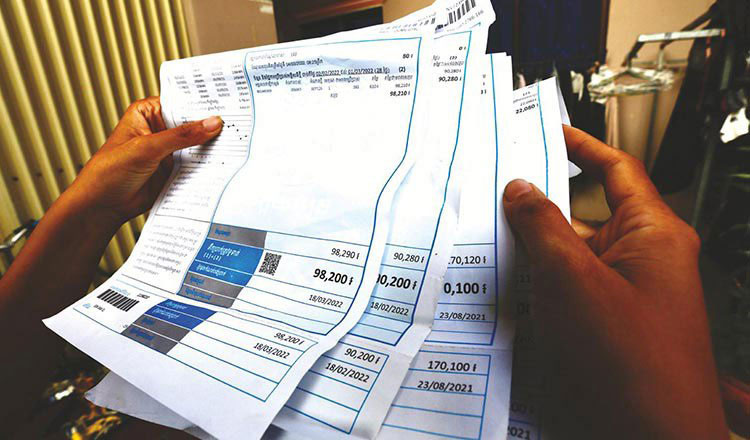Govt to continue electricity subsidies
The Royal Government will continue subsidizing electricity costs for households, farmers, and tourism sectors, despite the rising coal, fuel, and imported electricity prices, said Keo Rattanak, Minister of Mines and Energy.
Rattanak made the affirmation during an annual meeting to view works and set objectives of the Electricity Authority of Cambodia held on February 3.
The government through the Ministry of Mines and Energy will make its efforts to stabilize electricity tariffs and not increase tariffs in these challenging times, he said
“The Cambodian Government will not raise electricity prices to maintain economic stability in difficult times, even if the cost of fuel, coal, and imported electricity sources keep increasing,” he said.
Last September, the ministry announced the reduction of electricity prices for industrial and agricultural consumers. The reduction in electricity prices was to boost domestic productivity amid a regional and global economic downturn.
It has also reduced electricity fares for factories, helping them gain competitiveness by lowering the cost of products.
The move was lauded by key insiders in the tourism sector, which is still recovering from the pandemic crisis.
“The government’s policy and measures to help the tourism sector have contributed to businesses reopening businesses and continuing to serve tourists,” said Chhay Sivlin, President of the Cambodia Association of Travel Agents (CATA).
The country’s total installed electricity capacity amounted to 5,044 megawatts (MW) last year, up 8.5 percent from 4,649 MW in 2023, according to a report from the Electricity Authority of Cambodia.
The amount of energy consumed from electricity sources increased from 16,804 million kilowatt-hours in 2023 to 19,419 million kilowatt-hours in 2024, read the report.
The main sources of renewable energy in the Kingdom are hydropower, solar energy and biomass energy. The country also buys electricity from neighboring countries, especially during the dry season.
As of 2024, 14,048 villages, accounting for 99.15 percent of total villages nationwide have been electrified and the remaining 120 villages, accounting for 0.85 percent, do not have access to electricity, according to the report.
Of the 14,048 electrified villages, 14,011 villages are supplied by National Grid, 35 villages are supplied by networks sourced from neighboring countries and 2 villages are supplied by small diesel generators.
However, the 120 villages, which do not have access to electricity, are mostly located on islands, flooded areas during the rainy season, areas without road access, floating areas, and remote areas with scattered populations.
Source ៖ Khmer Times

